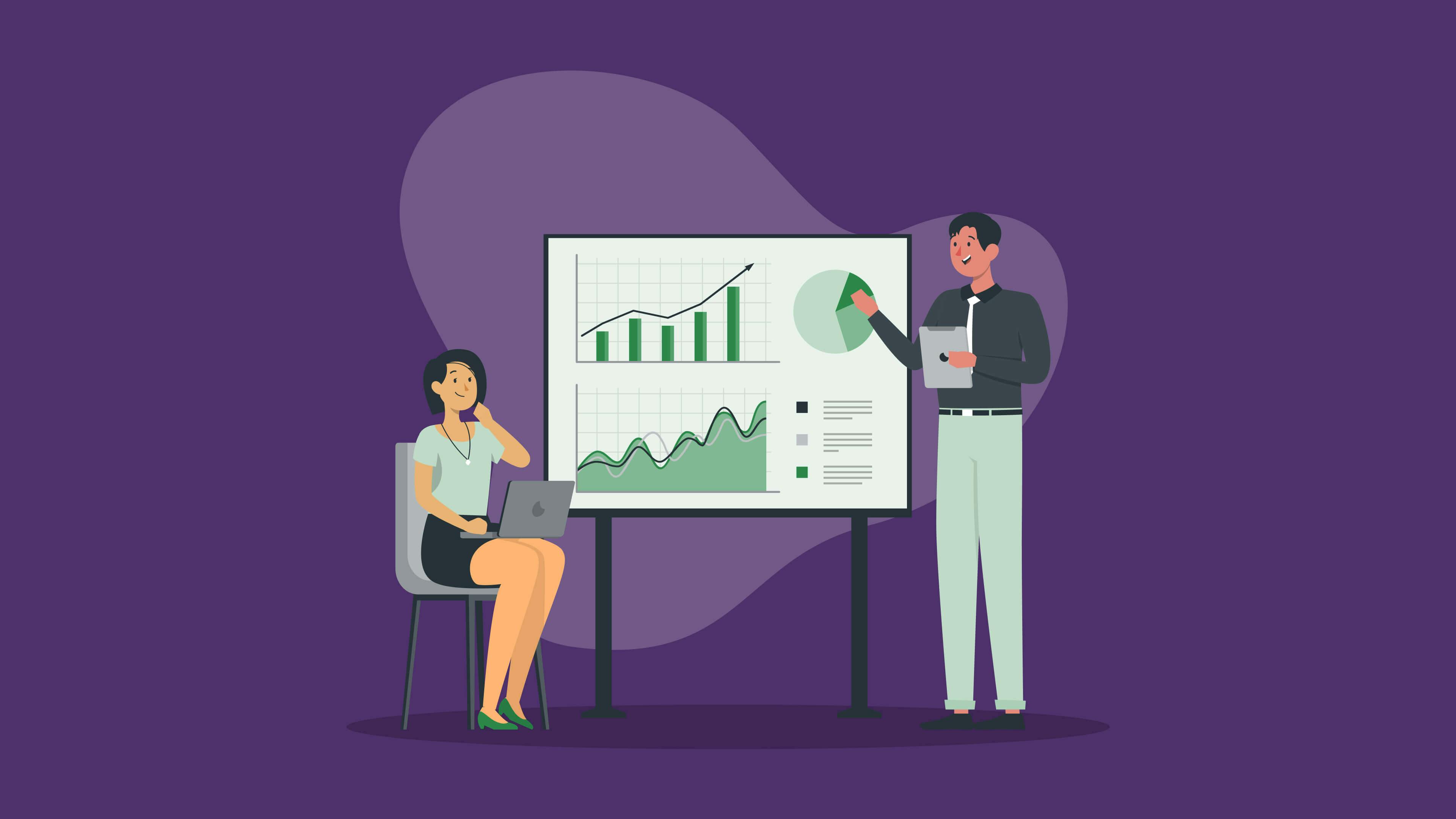On-Page SEO is of paramount importance in the world of digital marketing and web development for several reasons. Its significance touches on how search engines perceive and rank web pages and how users interact. Let's delve into the reasons that underscore its importance:
Improves Search Engine Rankings
On-Page SEO helps search engines understand your content, improving your website's ranking for relevant keywords. A higher ranking means more visibility and, consequently, more organic traffic.
Enhances User Experience
Well-optimized pages, which include factors like readability, page load speed, and mobile optimization, lead to a better user experience. A positive user experience can decrease bounce rates and increase time spent on your website.
Boosts Click-Through Rate (CTR)
Elements like compelling title tags and meta descriptions can entice users to click on your site when it appears in search results, thereby increasing CTR.
Maximizes Organic Traffic
By ensuring your content aligns with search intent and is easily comprehensible to search engines, you increase the likelihood of attracting users who are genuinely interested in what you offer.
Provides Long-Term Results
Unlike paid advertising, which stops yielding results as soon as you stop paying, the benefits of On-Page SEO continue long after initial optimizations have been made, making it a cost-effective strategy.
Helps in Semantic Understanding
With machine learning and artificial intelligence advancements, search engines are constantly evolving. Proper on-page optimization ensures that search engines can understand the context and semantics of your content, aiding in more accurate indexing.
Promotes Local SEO
For businesses with a local presence, On-Page SEO can be tailored to target local search terms and keywords, helping businesses appear in local search results and attract local clientele.
Encourages Higher Conversion Rates
Users who find what they seek on well-optimized pages are more likely to convert, whether signing up for a newsletter, purchasing, or any other desired action.
Strengthens Domain Authority
By creating quality content backed by proper On-Page SEO, other websites are more likely to link back to your content as a reference, indirectly boosting your domain's authority.
Creates Synergy with Off-Page SEO
On-Page SEO doesn't operate in a vacuum. Combined with off-page strategies (like backlinking), your website's overall SEO effectiveness can exponentially increase.
In essence, On-Page SEO is crucial because it sets the foundation for a website's visibility in search engines and its usability for visitors. In the long run, consistent on-page optimization leads to increased trust, credibility, and organic traffic, which are vital for a website's success.



